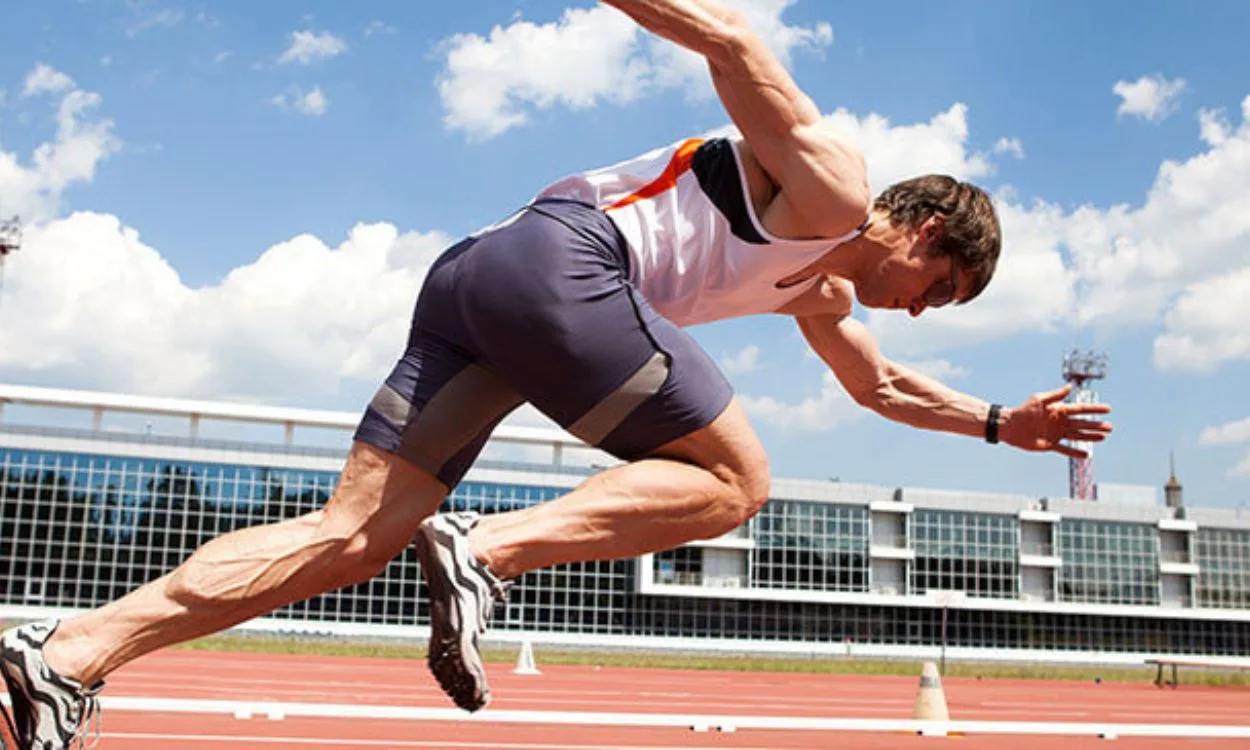Transform Your Training Routine: Advanced Methods for Athletes

Revamping your training routine can be the key to unlocking new levels of athletic performance. Whether you are an experienced athlete or just looking to step up your game, advanced training methods can provide the edge you need. These strategies, when combined with the right mindset and dedication, can transform your approach and results.
One essential aspect of advanced training is periodization. This method involves dividing your training program into distinct phases, each with specific goals and focuses. Typically, these phases include preparation, competition, and recovery. By cycling through different phases, you can optimize your performance and prevent overtraining. Periodization allows you to peak at the right time, ensuring that you are at your best during crucial competitions or events.
Incorporating high-intensity interval training (HIIT) into your routine can significantly enhance your cardiovascular fitness and overall endurance. HIIT involves alternating between short bursts of intense activity and periods of rest or low-intensity exercise. This method not only improves aerobic and anaerobic capacity but also burns calories more efficiently than traditional steady-state cardio. The versatility of HIIT means it can be adapted to various sports and fitness levels, making it a valuable addition to any athlete’s regimen.
Strength training is another critical component of advanced athletic training. Building muscle strength and endurance can improve performance across a range of sports. Incorporating compound exercises like squats, deadlifts, and bench presses can help develop multiple muscle groups simultaneously. It’s important to progressively increase the weight and complexity of exercises to continue challenging your body and promoting growth. Additionally, using athletics equipment such as resistance bands and free weights can enhance the effectiveness of your strength training routine.
Flexibility and mobility are often overlooked but are crucial for preventing injuries and maintaining optimal performance. Incorporating dynamic stretching routines before workouts and static stretching afterward can improve flexibility. Mobility exercises, such as foam rolling and yoga, can enhance joint health and overall movement efficiency. These practices help maintain the body’s balance, making it more resilient to the physical demands of intense training.
Mental training is just as important as physical preparation. Techniques such as visualization, meditation, and mindfulness can enhance focus, reduce stress, and improve overall mental resilience. Developing a strong mental game helps athletes stay motivated, handle pressure, and overcome setbacks. Regular mental training exercises can complement physical training, leading to a more holistic approach to athletic performance.
Incorporating cross-training into your routine can prevent boredom and overuse injuries while improving overall fitness. Engaging in different types of exercise challenges the body in new ways and promotes balanced muscle development. For example, a runner might benefit from swimming or cycling to improve cardiovascular endurance without the repetitive impact on joints. Cross-training keeps workouts varied and interesting, which can boost long-term adherence to a fitness program.
Using athletics equipment wisely can elevate your training sessions. Investing in quality gear that suits your sport and training needs ensures that you can perform exercises correctly and safely. Items such as stability balls, kettlebells, and agility ladders can add variety to your workouts and target different aspects of fitness. Proper equipment not only enhances performance but also helps in preventing injuries by providing the necessary support and stability.
Monitoring progress is essential for any training program. Keeping track of workouts, nutrition, and recovery allows you to see what is working and where adjustments are needed. Regular assessments, such as fitness tests and performance reviews, provide valuable feedback and guide future training decisions. This ongoing evaluation helps in setting realistic goals and staying motivated.
Transforming your training routine with advanced methods can lead to significant improvements in athletic performance. By incorporating periodization, HIIT, strength training, flexibility exercises, proper nutrition, mental training, cross-training, and the right athletics equipment, athletes can achieve a well-rounded and effective training regimen. Continuous monitoring and adjustment ensure that the program remains effective and aligned with personal goals. Embracing these advanced strategies can help athletes of all levels reach new heights in their performance and overall fitness journey.






